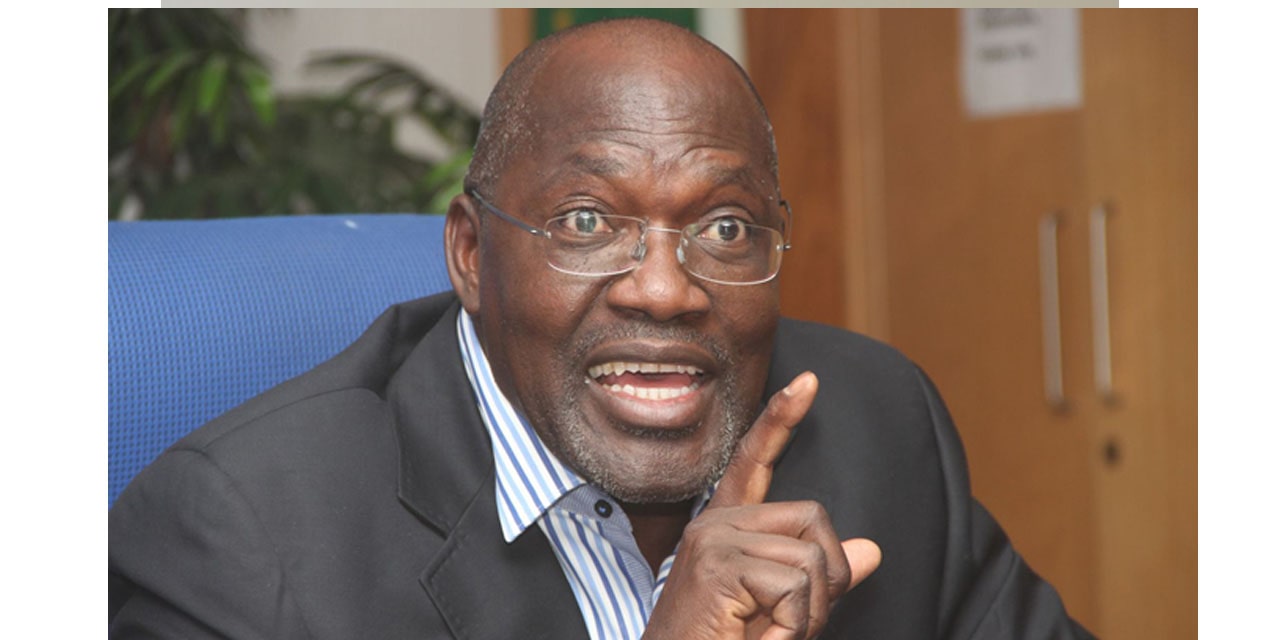Martin Endjala
The Parliamentary Standing Committee on Natural Resources led by Chairperson Tjekero Tweya has lauded the Kunene region’s envisaged projects that are underway as commendable and uplifting community livelihoods. These projects are implemented by the Environmental Fund of Namibia (EIF) and the Ministry of Agriculture, Water and Land Reform (MAWLR).
The committee recently toured the mountainous and vast Kunene region to inspect progress, assess impact of climate change and familiarize themselves with the Green Climate Fund (GCF) sponsored projects. The committee also had consultative meetings at Khorixas with local authority leaders.
Committee member, Gothard Kandume, who is also from the area applauded the government and the EIF for making resources available to uplift the livelihoods of the Fransfontein community, adding that they were living in abject poverty.
“I can see that the people are pushing, construction wise, the rehabilitation is well done. I am happy so far,” he said.
Mayor Lena /Gaeses also commended the government for aligning itself with international conventions on climate change citing that the move has paved the way for direct investments into the restoration of the region’s agricultural sector which has been over the years crippled by the effects of persistent droughts.
“Our farmers have experienced heavy livestock loses and the scorching heat waves have made crop production a mammoth challenge,” she said.
In addressing climate driven challenges, specifically, in the Kunene region, the MAWLR in conjunction with the EIF, has implemented a N$130 million project titled “Improving Rangeland and Ecosystem Management Practices of Smallholder Farmers Under Conditions of Climate Change (IREMA Kunene).
The project has now delivered tangible results in Sesfontein, Fransfontein, and the Warmquelle areas through its various interventions. In the Fransfontein settlement, the GCF has invested over N$12 million so far in the upgrading of the 16 hectares Fransfontein community garden situated 27km north of Khorixas.
Infrastructure features at this garden includes installation of a 400 cubic meter water reservoir, rehabilitation of two boreholes, bulk water pipelines, solar plant, drip irrigation systems, shade net and a solar powered electric fence to deter marauding elephants from invading the property.
Project manager, Mirjam Kaholongo informed members of the standing committee that the garden is expected to produce fresh produce for both own consumption and for the market.
Another Standing Committee Member Hidipo Hamata advised that the project be given an extension to allow members of the community to master the rather new and modern crop production techniques.
The group also visited Warmquelle, where the Environmental Investment Fund of Namibia has developed and operationalized what is soon to become a Climate-Smart Learning Center in the Kunene region. The center will show case best agricultural practices and will transfer knowledge to the communities so that they are able to produce food at household level despite the challenges of climate change.
The center will have seven greenhouses, one fresh produce storage facility, staff accommodation, solar powered pumps, a dam and bulk pipelines for open irrigation. The parliamentary committee members reflected on the complexities of the work on the ground and expressed satisfaction with the installation of the greenhouses in general. They then proceeded to Opuwo, Eenhana, Rundu, Katima Mulilo and Karabusrg for similar visits.
The EIF with capital investments from the Green Climate Fund is currently undertaking projects worth more than N$540 million in the country. Once completed, the project will have a huge transformative impact on the livelihood of Namibians in drought-stricken regions.




